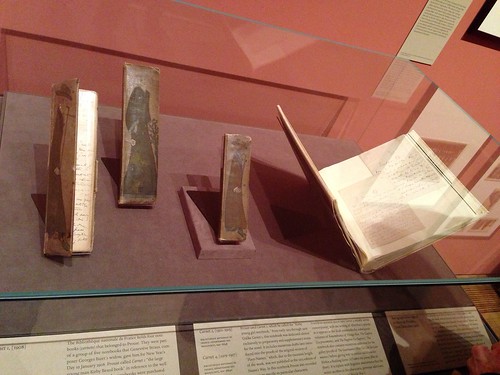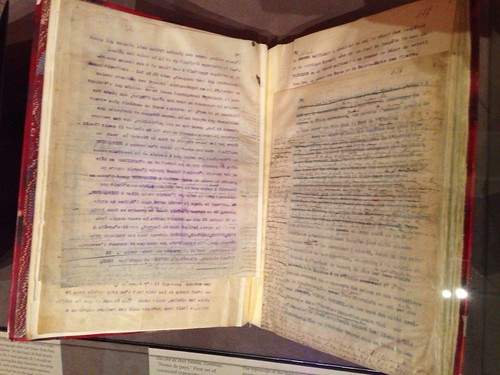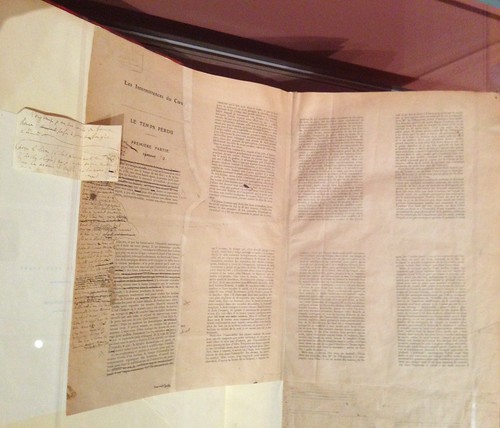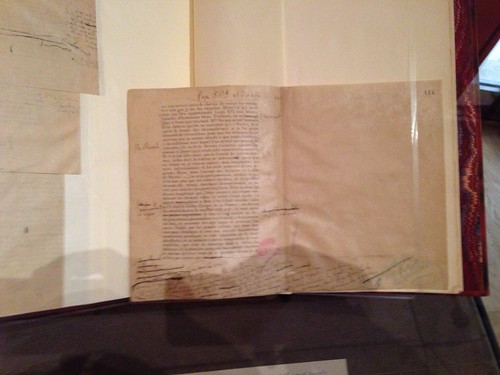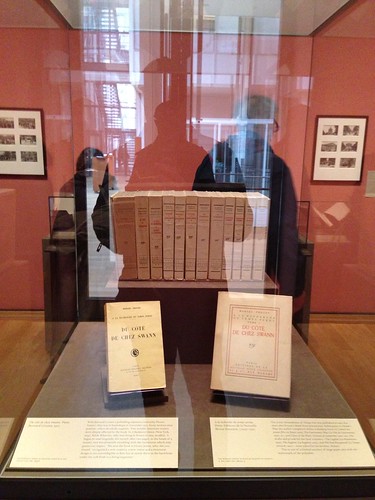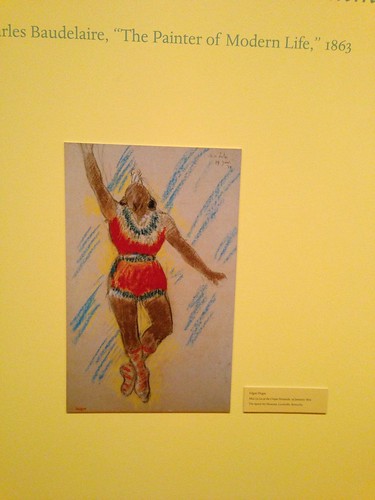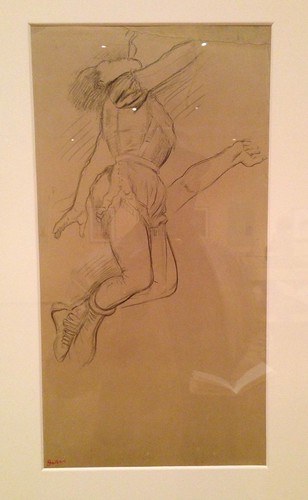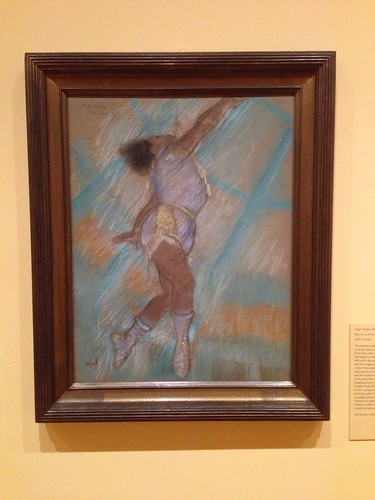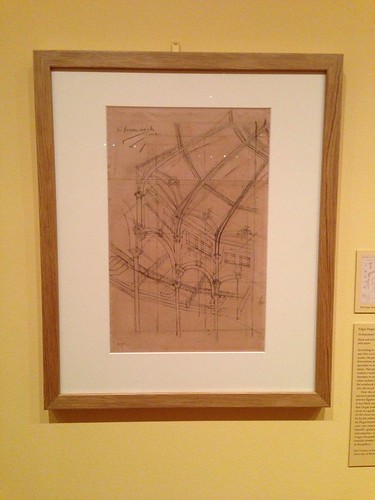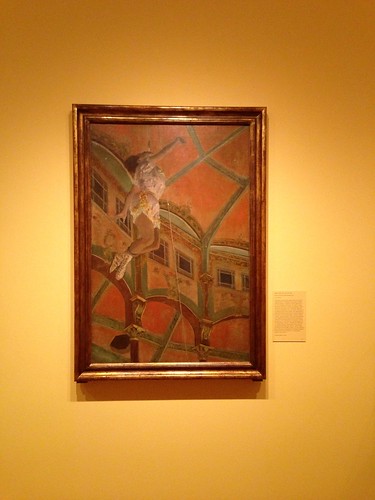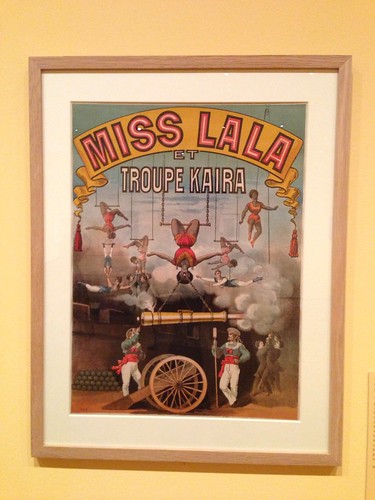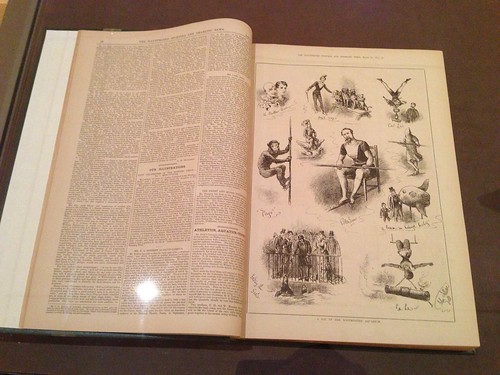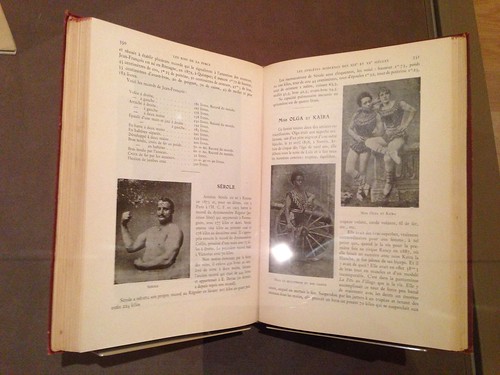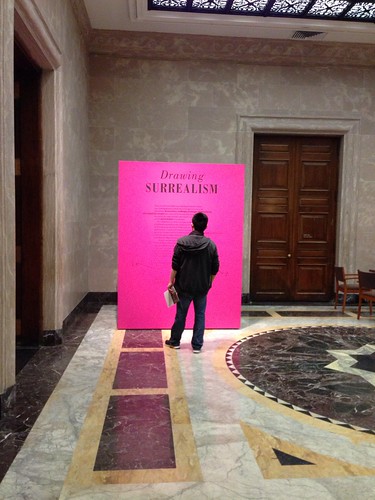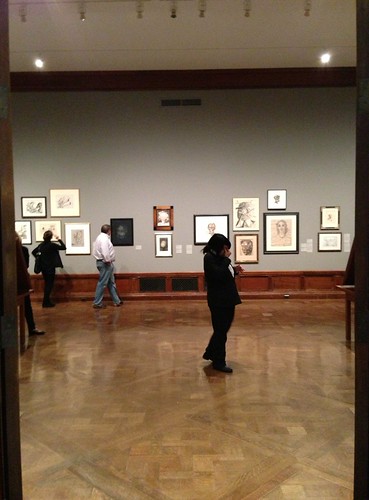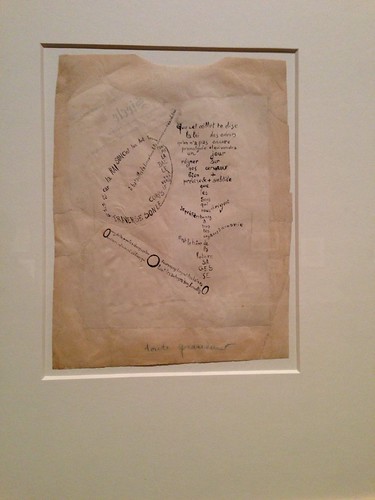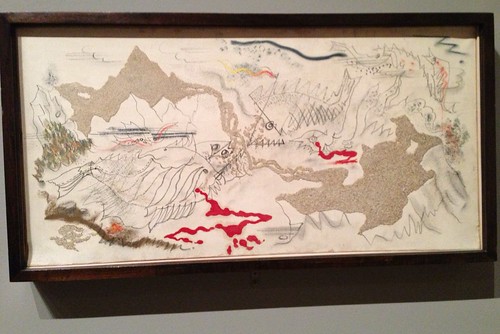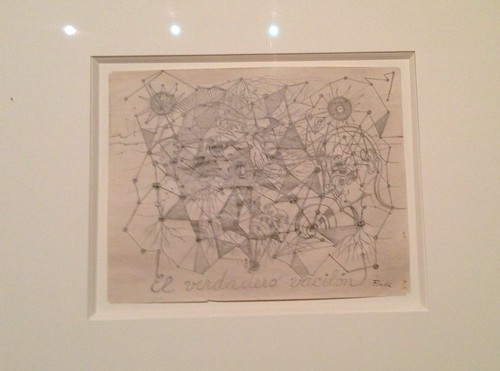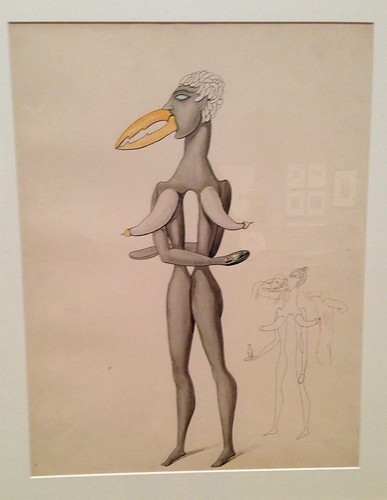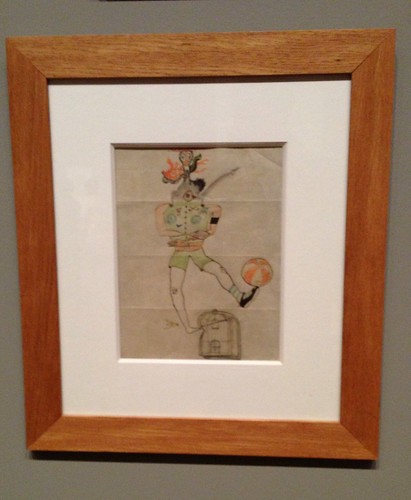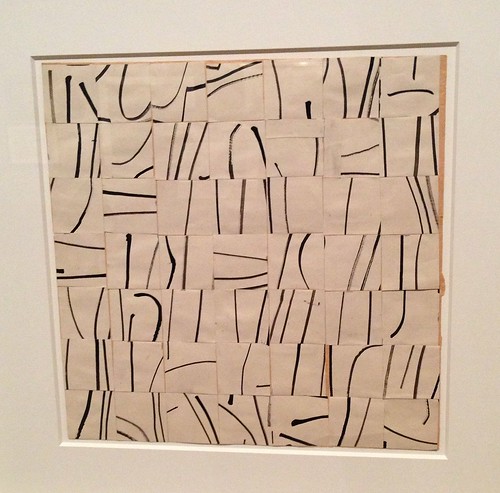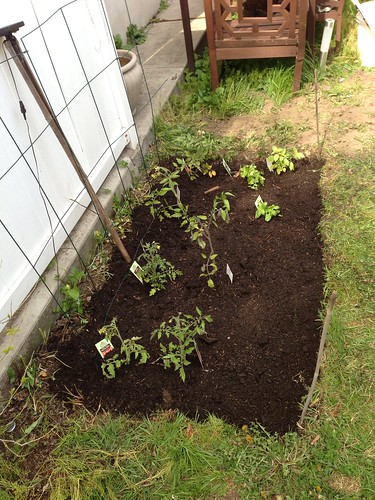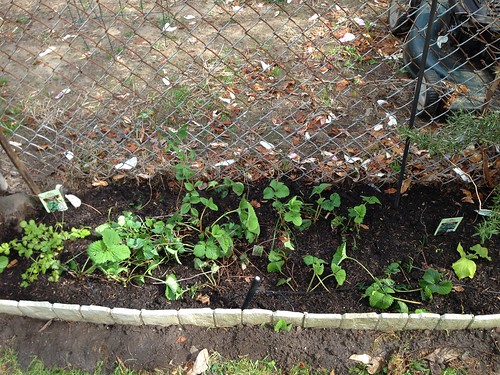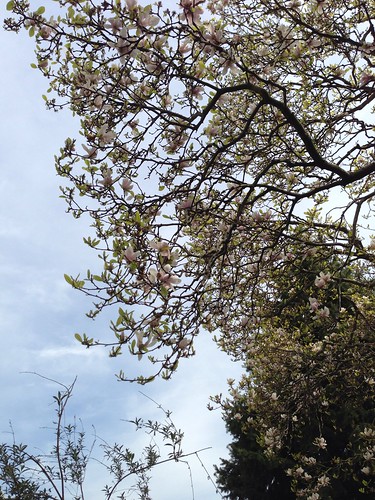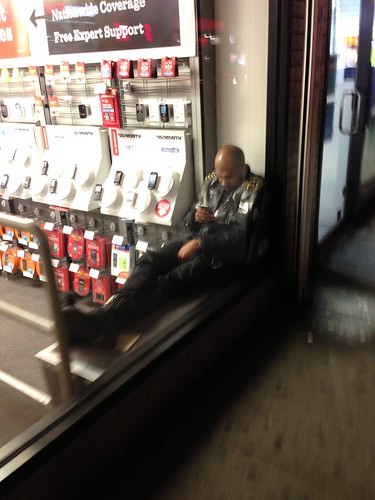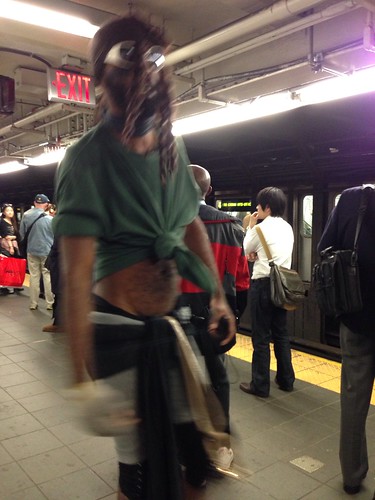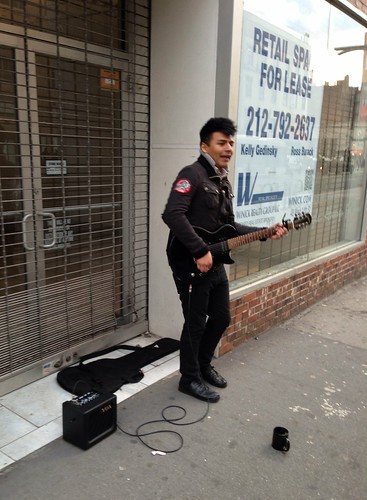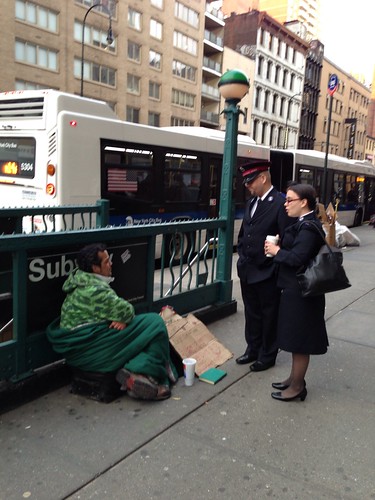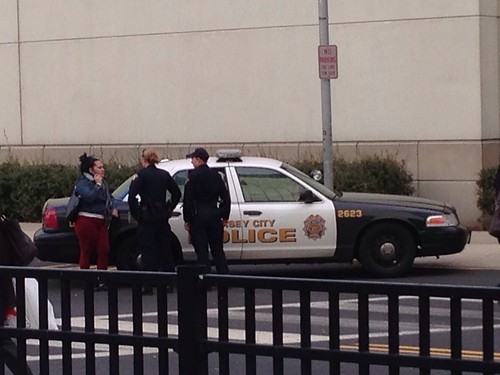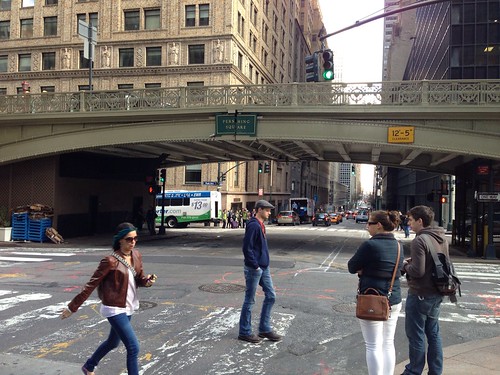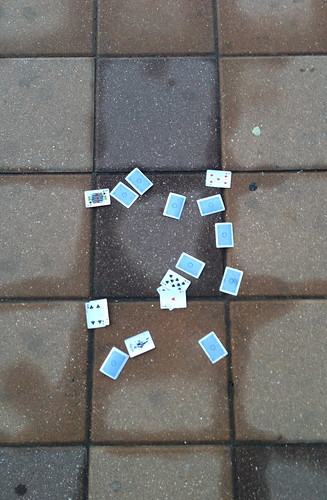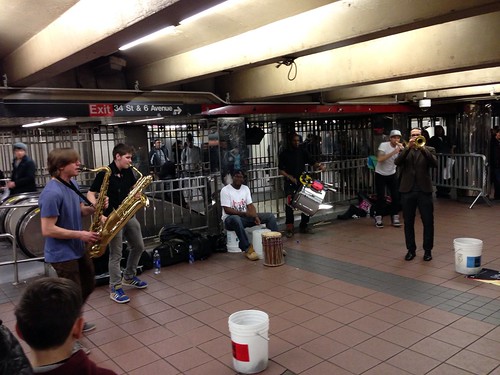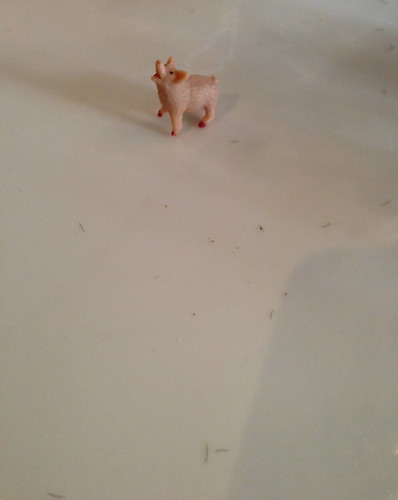 |
| Jason Collins (© Kwaku Alston/Sports Illustrated) |
Collins's eloquent Sports Illustrated testament goes beyond just coming out, exploring his journey to those opening lines. So much of what he describes--the fear, the anxiety, the despair, the pain, the ambivalence, the self-delusion, the almost crushing desire to be accepted, to fit it, to not be any more different--are things many lesbian, gay, bisexual, transgender, intersex, and queer people have felt and still feel, sometimes after being out and living openly; coming out is and remains a process, and is never a final act, though that first step out, even today at a moment of fast-moving social progress and ever-expanding acceptance, at least among many in this country, of lgbtiq people, can often be the most difficult one, and for someone in Collins's position--a man of color, a professional athlete, a person raised in a Christian home, someone raised with black middle-class aspiration values--it probably did feel as difficult and risky as he describes. I am not a professional athlete, but many of the feelings he expresses are ones I and many people I know have felt intimately, deeply. Collins describes his journey in a way that welcomes all readers in, to understand what he has gone through, and where he hopes to go next with his life. It is a narrative of personal liberation, but it will probably have resonance in ways Collins has not ever imagined.
Many commentators online have noted how valuable Collins's comments will be for young people struggling with their sexual orientation, and I agree wholeheartedly with this. For young people of color, Collins, Brittany Griner, and many other out public figures probably will play a crucial role in self-acceptance. Seeing someone like themselves who is able to say "I am gay," who does not fall into the usual mainstream representations of queerness, will probably be invaluable. There are already many people who fit this category, but male professional team sport athlete was not one of them. Collins' coming out may also help people his own age and older who are grappling with their sexualities, and may help many heterosexual people who may still not accept and embrace lgbtiq people in part based on stereotypes, or who may still be carrying around abstracted ideas about who is lgbtiq. It may helped parents, grandparents, siblings--like Jason's twin brother, Jarron, who is straight--relatives, neighbors, all kinds of people who still have not been able to fully see the lgbtiq people around them, to see their humanity. Many of Collins's peers in the NBA like Kobe Bryant, Steve Nash, Dwyane Wade, Emeka Okafor, Al Horford, Jerry Stackhouse, Metta World Peace, and Baron Davis, past NBA legends like Karl Malone and Magic Johnson, stars in other sports like pioneer Martina Navratilova and , as well as other prominent figures across the society, including President Barack Obama and First Lady Michelle Obama, former President Bill Clinton, Collins's former Stanford roommate Congressman Joseph P. Kennedy III, and Oprah Winfrey, have all shown their support.
Collins's coming out may prove especially valuable to other male and female athletes who are not yet ready to come out or be out, to live openly publicly (though they may be out to those close to them), and have felt the same sort of pressures of heteronormativity and heterosexism, who because of homophobia believe they have to choose a spouse of the opposite sex and go through the motions of a relationship or a marriage, who have felt despair and because they don't see a single person like them willing and able to be out doing what they do, they feel they cannot be honest even to themselves. This is as true for white male professional team sport athletes as it is for black, latino, asian-american, native american, hapa, and other male professional team sport athletes. Jason Collins has opened that door, and walked through it, joining a number of amazing athletes, like John Amaechi, Kwame Harris, Esera Tuaolo, Roy Simmons, Dave Kopay, and others, who came out after ending their professional careers. It's unclear if any team will sign Collins, but given his talent, skills and determination, for the sheer sake of business, an NBA team would be foolish to pass him up. This doesn't mean there won't still be a bit of a freakshow, that homophobes won't rear their heads, that he won't meet with some rejection or indifference by teammates. I imagine he realizes this; we all do. Some of this backlash began almost as soon as the article and news broke. But he has opened the door, in a different but still significant way as predecessors like Jackie Robinson and Curt Flood did, and others, perhaps a small, single-file line, in the NBA, the NFL, the MLB, the NHL, and the MLS, will walk through, but even a few in one or several will be significant. So I cheer Jason Collins, and appreciate what he has done. I hope has the support he needs, and that all who follow him will be able to find and rely upon it as well.


